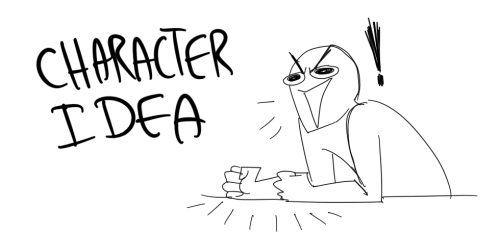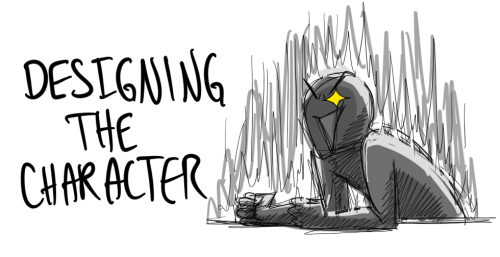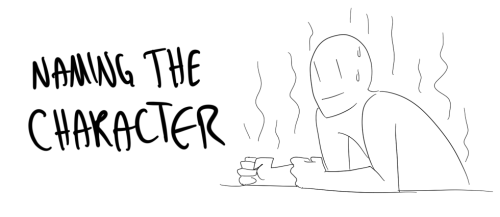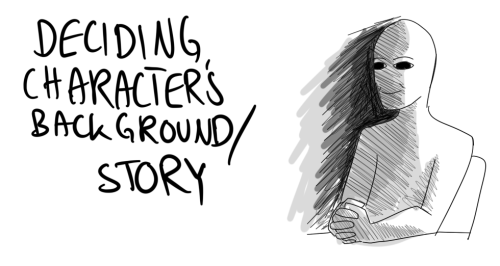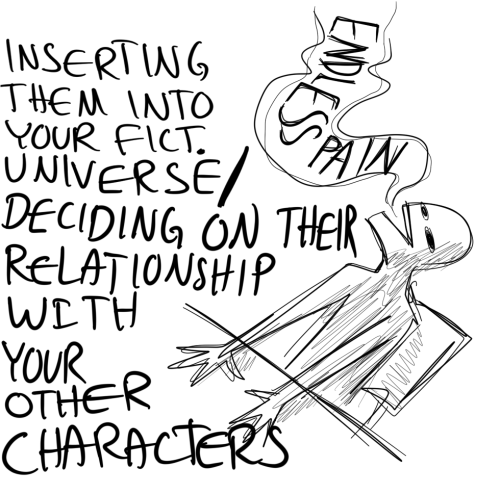When Writing About Childhood Trauma In A Novel, It's Important To Handle The Topic With Sensitivity And
When writing about childhood trauma in a novel, it's important to handle the topic with sensitivity and nuance. Here are some quick tips to consider:
1. Research and understand: Take the time to research and understand the specific type of trauma you're addressing in your novel. This will help you portray it accurately and respectfully.
2. Show the impact: Explore how the childhood trauma has shaped the character's thoughts, emotions, and behaviors. Illustrate the long-lasting effects it has had on their development and relationships.
3. Use flashbacks sparingly: Utilize flashbacks strategically to reveal key moments from the character's past that contribute to their trauma. Ensure that the flashbacks serve a purpose in the narrative and provide deeper insights into the character's experiences.
4. Depict coping mechanisms: Show how the character has developed coping mechanisms to deal with their trauma. This can include avoidance, dissociation, or seeking control in certain areas of their life.
5. Allow for healing and growth: Give your character opportunities for healing and growth throughout the story. Show how they confront their trauma, seek support, and gradually find ways to overcome the impact it has had on their life.
6. Avoid sensationalism: Handle the portrayal of childhood trauma with care, avoiding excessive graphic or gratuitous details. Focus on the emotional journey of the character rather than relying solely on shocking events for impact.
7. Show support systems: Include supportive relationships and resources that aid the character in their healing process. This can involve therapists, friends, or mentors who offer understanding, guidance, and empathy.
8. Highlight resilience: Illustrate the character's strength and resilience in the face of their trauma. Show how they find ways to persevere, grow, and rebuild their lives despite the challenges they have faced.
9. Offer hope and redemption: Provide a sense of hope and the possibility of healing for your character. Allow them to find moments of redemption and transformation, demonstrating that healing is attainable.
10. Approach with empathy: Approach the topic of childhood trauma with empathy and compassion. Treat the characters' experiences with respect, acknowledging the complexity and individuality of each person's journey.
More Posts from Antoniachuu and Others
alnst me persegue mds

Oh my clemantis, please stay by my side. on twitter as well.
nobody ever thinks of me and jerks off because i have a rotten soul
they're meant to die by each other's sword why are they in a coffee shop
Hello! I'm wondering if you have any advice for navigating character death without it feeling disrespectful or like representation being snatched away (I'm talking about important blind characters / protagonists dying towards or at the end of stories, not blind characters getting killed off right at the beginning)? One thing I thought of is having other blind characters in the same story who don't die, but are there any other things I should be aware of? Any pitfalls to avoid? Thank you so much!
Some Tips for Killing Off Blind Characters Without Being Ableist
It will depend on the actual story, the tone, and how the death is portrayed, but I have a few ideas I can provide. While I normally suggest avoiding death of blind characters, I understand that sometimes it works for the story. A lot of my concerns stem from how the death itself is portrayed and what messages the audience are expected to gain from it. I’ll attempt to explain more in the following advice.
Killing off blind characters becomes less of a concern when they are not the only blind character. Having more blind characters as you suggested would have been my first recommendation.
When it comes to losing representation, having other characters is helpful. Having a cast of mostly blind characters isn’t going to present as much of a problem compared to a cast with only one blind character who dies.
Avoiding death due to blindness would also help. This includes someone killing the blind character because of blindness, them killing themself because of blindness, the character having a fatal accident due to their blindness, or the character’s death being portrayed as tragic because the character was outside or doing something viewed as less safe for blind people. An example of this situation would be if Toph from Avatar: the Last Airbender was told fighting in the Earth Rumble was unsafe, did it anyway, and was killed in the ring. Blind people already have our daily activities viewed as unsafe, which can be infantilizing, and so having media portray the tragic death of a blind character who dared to go on a quest wouldn’t be fun to read.
My advice is to afford them agency in their death rather than focusing on torture, trauma, or passivity. It sounds like you’re already on the right course, but I wanted to include this here just in case.
Additionally, framing the character as their own person, rather than focusing on how their death makes sighted people feel, would be beneficial in giving them agency. Again, you are on the right course, according to your question, as this probably occurs more often with disabled characters who die as part of backstory or toward the beginning of the story.
Of course, I cannot give you the exact best formula for killing off blind characters, but hopefully this gives you some direction.
I also suggest having a few sensitivity readers. Aside from me, you can find more options here. @sensitivityreaders
Men's Hanfu throughout history.
Often we overlook men's Hanfu but they're just as beautiful as the women's.
Src: 摄影师馒猫子 【衣冠上国,礼仪之大,故称夏,服装之美,谓之华!】 https://www.bilibili.com/video/BV1Lu4y1P77e/
(ENG subtitles by me :D)
im crying i love endo sm

come get yo man then
I still don't quite understand why they wear those respirator masks in Kaiju no 8, but what I DO KNOW is that if yours were to break, Gen would give you his, without hesitation.
Just imagine you're injured, cradled in Gens' arms and struggling to breathe from all the toxins and dust in the air, so Gen pulls off his masks, not even wasting a single thought on his well being, and puts it over your mouth, instructing you to take deep breaths while he wates for help to come.
-
 the-flower32 liked this · 2 weeks ago
the-flower32 liked this · 2 weeks ago -
 rockonfishboy liked this · 4 weeks ago
rockonfishboy liked this · 4 weeks ago -
 caspertacoguy liked this · 2 months ago
caspertacoguy liked this · 2 months ago -
 babydeershark liked this · 3 months ago
babydeershark liked this · 3 months ago -
 darkfunstarlight liked this · 3 months ago
darkfunstarlight liked this · 3 months ago -
 evansclcver reblogged this · 3 months ago
evansclcver reblogged this · 3 months ago -
 rosewritingfridge reblogged this · 4 months ago
rosewritingfridge reblogged this · 4 months ago -
 horrorfevers liked this · 5 months ago
horrorfevers liked this · 5 months ago -
 horrorived liked this · 5 months ago
horrorived liked this · 5 months ago -
 the-moons-coffin liked this · 5 months ago
the-moons-coffin liked this · 5 months ago -
 sumflowerd liked this · 5 months ago
sumflowerd liked this · 5 months ago -
 asayyun14 liked this · 5 months ago
asayyun14 liked this · 5 months ago -
 wynters-writings liked this · 5 months ago
wynters-writings liked this · 5 months ago -
 helplessromantical liked this · 6 months ago
helplessromantical liked this · 6 months ago -
 ayeshite liked this · 6 months ago
ayeshite liked this · 6 months ago -
 lactariusindigo reblogged this · 6 months ago
lactariusindigo reblogged this · 6 months ago -
 sherlocksittinginthelittlecouch liked this · 6 months ago
sherlocksittinginthelittlecouch liked this · 6 months ago -
 wowdragonhead liked this · 6 months ago
wowdragonhead liked this · 6 months ago -
 luckyicekitsune liked this · 6 months ago
luckyicekitsune liked this · 6 months ago -
 danaburrsir liked this · 6 months ago
danaburrsir liked this · 6 months ago -
 thetwistedarchives reblogged this · 6 months ago
thetwistedarchives reblogged this · 6 months ago -
 stxrlight09 liked this · 6 months ago
stxrlight09 liked this · 6 months ago -
 turtlefan625 liked this · 6 months ago
turtlefan625 liked this · 6 months ago -
 a6surdist liked this · 6 months ago
a6surdist liked this · 6 months ago -
 bubblelockerwhitter liked this · 6 months ago
bubblelockerwhitter liked this · 6 months ago -
 broekenwing04 liked this · 7 months ago
broekenwing04 liked this · 7 months ago -
 infernalcharm liked this · 7 months ago
infernalcharm liked this · 7 months ago -
 bluenightpicture reblogged this · 7 months ago
bluenightpicture reblogged this · 7 months ago -
 c4tharsys reblogged this · 7 months ago
c4tharsys reblogged this · 7 months ago -
 c4tharsys liked this · 7 months ago
c4tharsys liked this · 7 months ago -
 celestiasoloria liked this · 7 months ago
celestiasoloria liked this · 7 months ago -
 skylarcl liked this · 8 months ago
skylarcl liked this · 8 months ago -
 colpadack reblogged this · 8 months ago
colpadack reblogged this · 8 months ago -
 moreninafk liked this · 8 months ago
moreninafk liked this · 8 months ago -
 nuffsaidd liked this · 8 months ago
nuffsaidd liked this · 8 months ago -
 therepear13 liked this · 8 months ago
therepear13 liked this · 8 months ago -
 esmeray-nyx liked this · 8 months ago
esmeray-nyx liked this · 8 months ago -
 bluenightpicture reblogged this · 8 months ago
bluenightpicture reblogged this · 8 months ago -
 xavilly liked this · 8 months ago
xavilly liked this · 8 months ago -
 playerofthedawn liked this · 8 months ago
playerofthedawn liked this · 8 months ago -
 sweet-cuddlebug liked this · 8 months ago
sweet-cuddlebug liked this · 8 months ago -
 auroraescritora liked this · 8 months ago
auroraescritora liked this · 8 months ago -
 the-penguin-of-baskervilles liked this · 8 months ago
the-penguin-of-baskervilles liked this · 8 months ago -
 onceuponabloom liked this · 8 months ago
onceuponabloom liked this · 8 months ago -
 evanthesence liked this · 9 months ago
evanthesence liked this · 9 months ago -
 snixkerball liked this · 9 months ago
snixkerball liked this · 9 months ago -
 build-a-problem-musical reblogged this · 9 months ago
build-a-problem-musical reblogged this · 9 months ago -
 coravall01 liked this · 9 months ago
coravall01 liked this · 9 months ago
